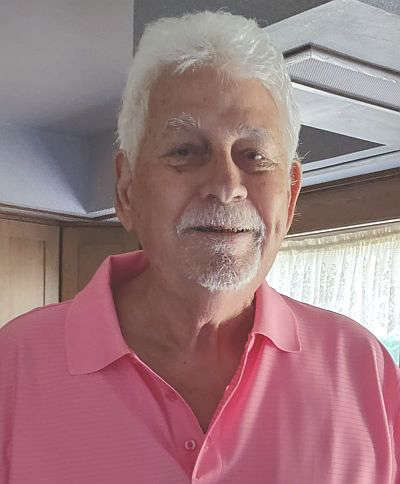News
The Indiana Department of Transportation (INDOT) continues its efforts to assess innovative ways to address corridor needs along the US 30 and US 31 corridors in northern Indiana. The ProPEL US 30 and US 31 study teams released the latest draft reports for community feedback. The Draft Level 2 Screening Reports for US 30 and US 31 include a robust analysis of 86 intersections over the 180-mile study area across 12 counties. An interactive map including each location is also available here.
The Level 2 screening evaluates location-specific improvements for constructability, fiscal responsibility and potential impacts. The improvements considered in this step were identified from the Universe of Alternatives (Level 1) screening results. The screening process included consideration of location-specific safety and operational data, public input, traffic analysis, potential impacts, and a conceptual footprint comparison.
“The ProPEL US 30 and 31 studies carefully examine how the corridors fit and function in each area,” said INDOT Project Manager, Sandra Flum. “The study teams carefully examined and evaluated safety, traffic flow, connectivity, access as well as potential impacts. Public feedback continues to be vital to each study’s success and we want to hear from you.”
The PEL studies are collaborative, data-driven and fueled by public feedback to define the future of the corridors. INDOT will continue to rely on public feedback through the study’s conclusion, which is expected in late 2024. With help from residents, motorists, businesses, and other road users, INDOT can build infrastructure that will better serve Hoosiers.
“Our approach with these studies is different than what people are used to with other INDOT projects,” said INDOT Project Manager, Jonathan Wallace. “The ProPEL US 30 and 31 studies will guide the next 20 years of transportation investments in northern Indiana and will continue to involve the public earlier than a typical project. It’s important to consider a comprehensive list of alternatives to ensure our analysis is thorough. Public feedback is vital to that effort.”
In addition to submitting comments online by visiting the study websites, study teams are visiting communities along the corridors on a regular basis. Dates, times and locations for Community Office Hours can be found on the ProPEL US 30 and ProPEL US 31 websites and social media accounts.
The studies include U.S. 30 from Valparaiso to the Indiana/Ohio state line, excluding I-69 and I-469 around Fort Wayne, as well as U.S. 31 between 276th Street in Hamilton County and the US 30/US 31 interchange in Plymouth, excluding the U.S. 31 Kokomo bypass. Counties within the study area include Allen, Fulton, Hamilton, Howard, Kosciusko, LaPorte, Marshall, Miami, Porter, Starke, Tipton and Whitley counties.
What is “Level 2 Screening”?
The Level 2 screening represents the second of a three-step alternatives development screening process. The Level 2 screening evaluates the improvement concepts for specific locations within each study area. At each step of the screening process, a smaller number of potential solutions will remain, but with increased detail that will assist the study teams in evaluating benefits, impacts and costs.
The Level 3 screening will then develop and analyze improvement packages for smaller areas, or segments, of the study area. These smaller areas, which will be called planning segments, will include improvements at the primary intersections, the secondary intersections, as well as the roadway sections in between them. The Level 3 screening include both qualitative and quantitative factors to enable an assessment of costs, benefits, and impacts.
How can I get involved?The public will be invited to provide feedback at each screening step. A final report of recommendations will be available at the conclusion of the study. INDOT intends to use the information, analysis and recommendations from the study process to inform decisions regarding future transportation improvements that will require federal environmental reviews in accordance with the National Environmental Policy Act.


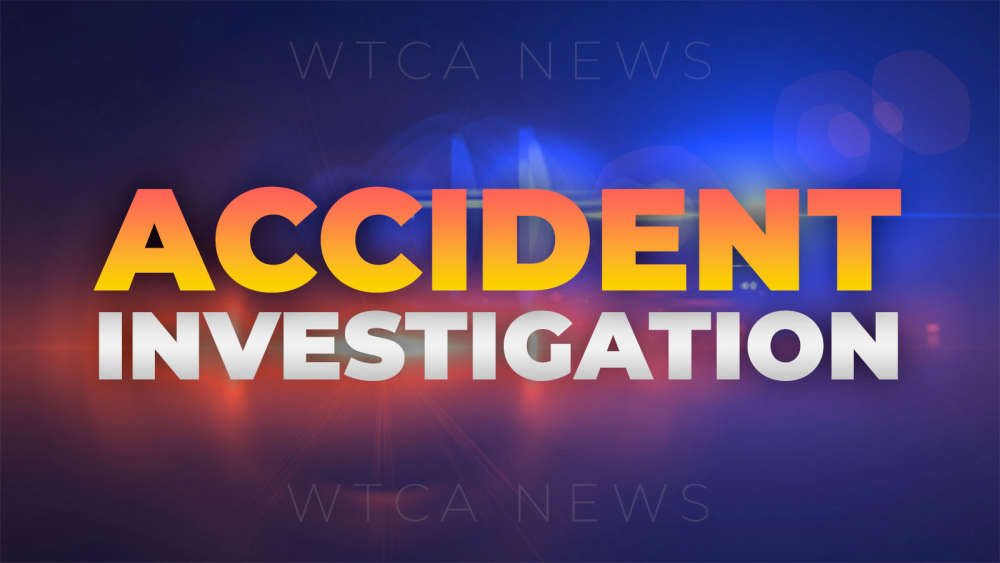 Rochester man injured in single-vehicle accident on Muckshaw Road
Rochester man injured in single-vehicle accident on Muckshaw Road
 This Saturday: Shred your confidential documents at the Recycle Depot
This Saturday: Shred your confidential documents at the Recycle Depot
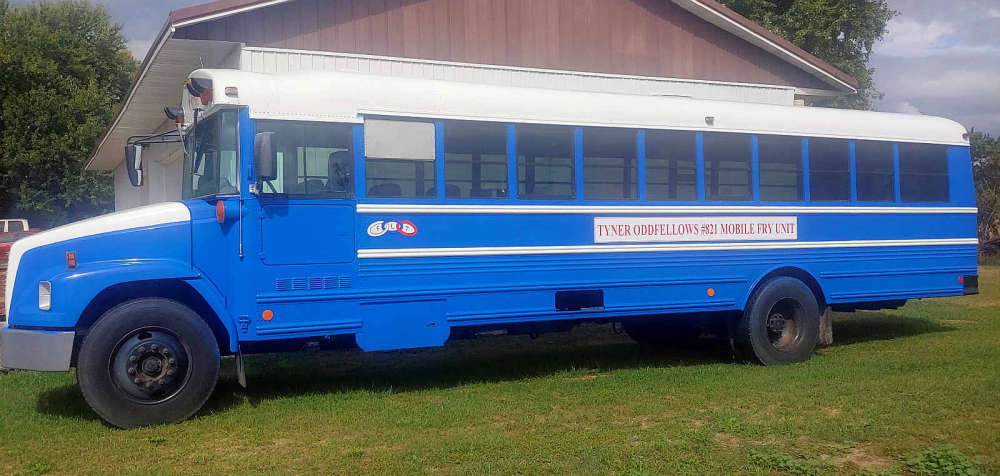 Tyner Odd Fellows host fundraising dinner for fry bus renovations
Tyner Odd Fellows host fundraising dinner for fry bus renovations
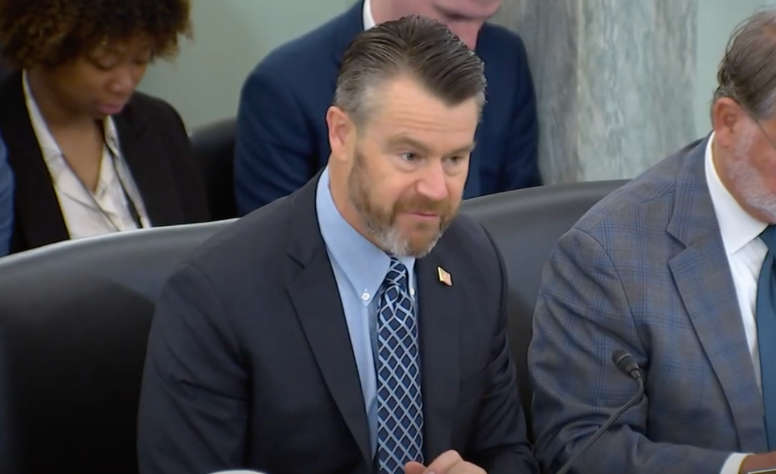 U.S. Senator Young leads delegation letter of support for Indiana drone test site application
U.S. Senator Young leads delegation letter of support for Indiana drone test site application
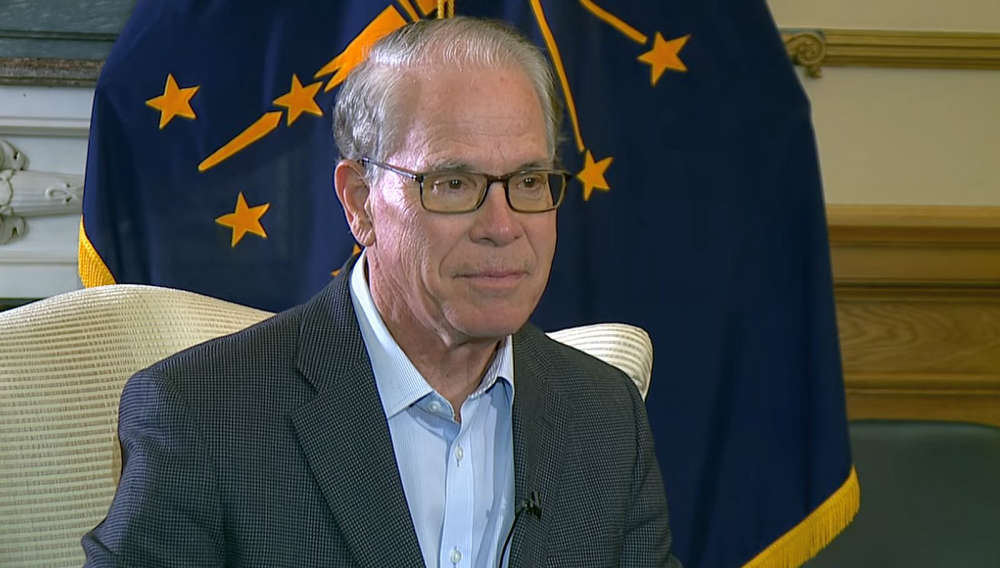 Governor Braun announces "Family First Workplace” policy to support working families
Governor Braun announces "Family First Workplace” policy to support working families
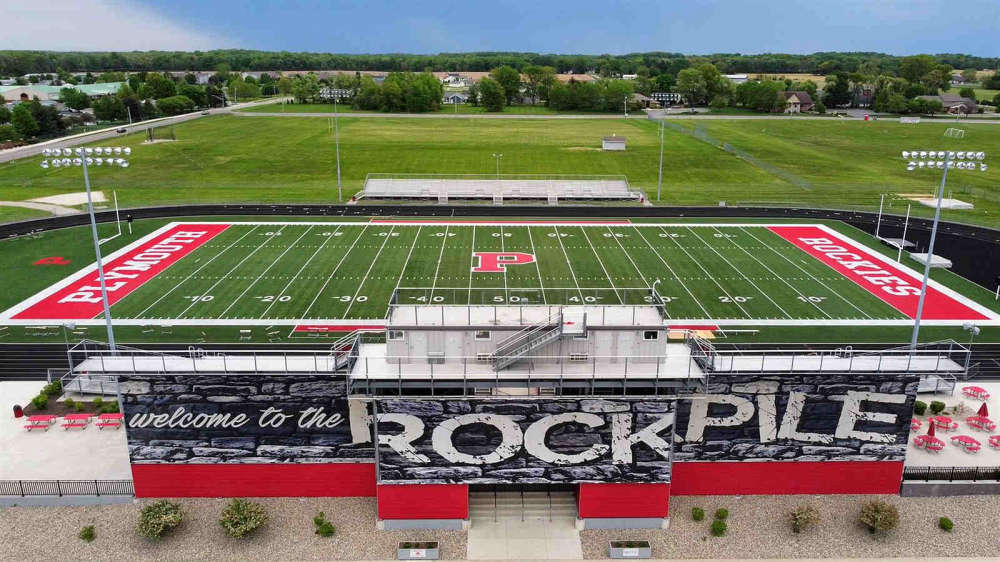 Plymouth School Board votes 3-2 to terminate varsity football coach despite community support
Plymouth School Board votes 3-2 to terminate varsity football coach despite community support
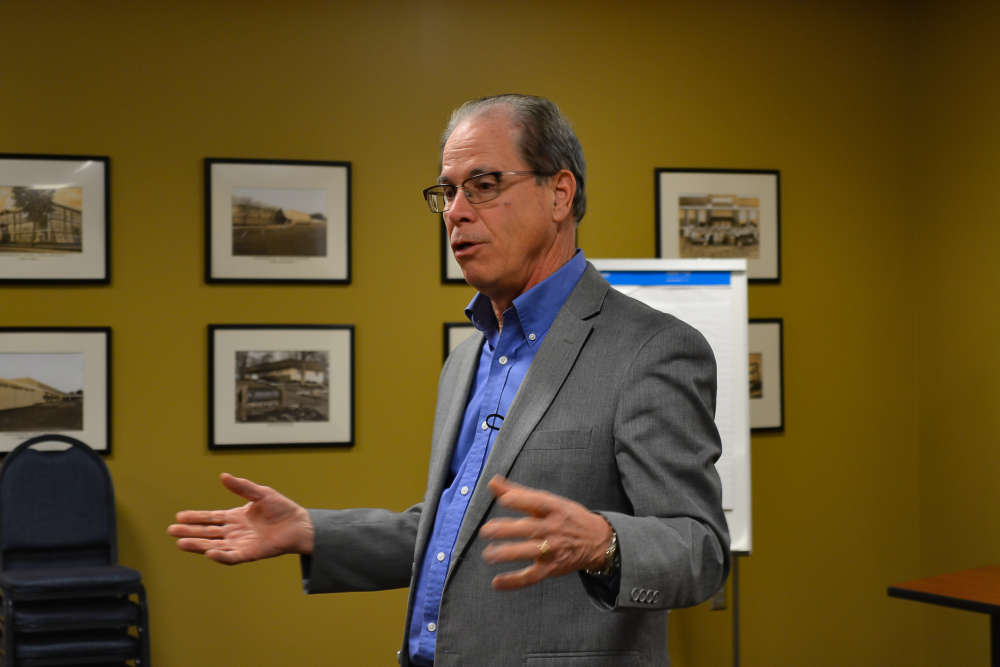 Governor Braun announces "Family First Workplace” policy to support working families
Governor Braun announces "Family First Workplace” policy to support working families
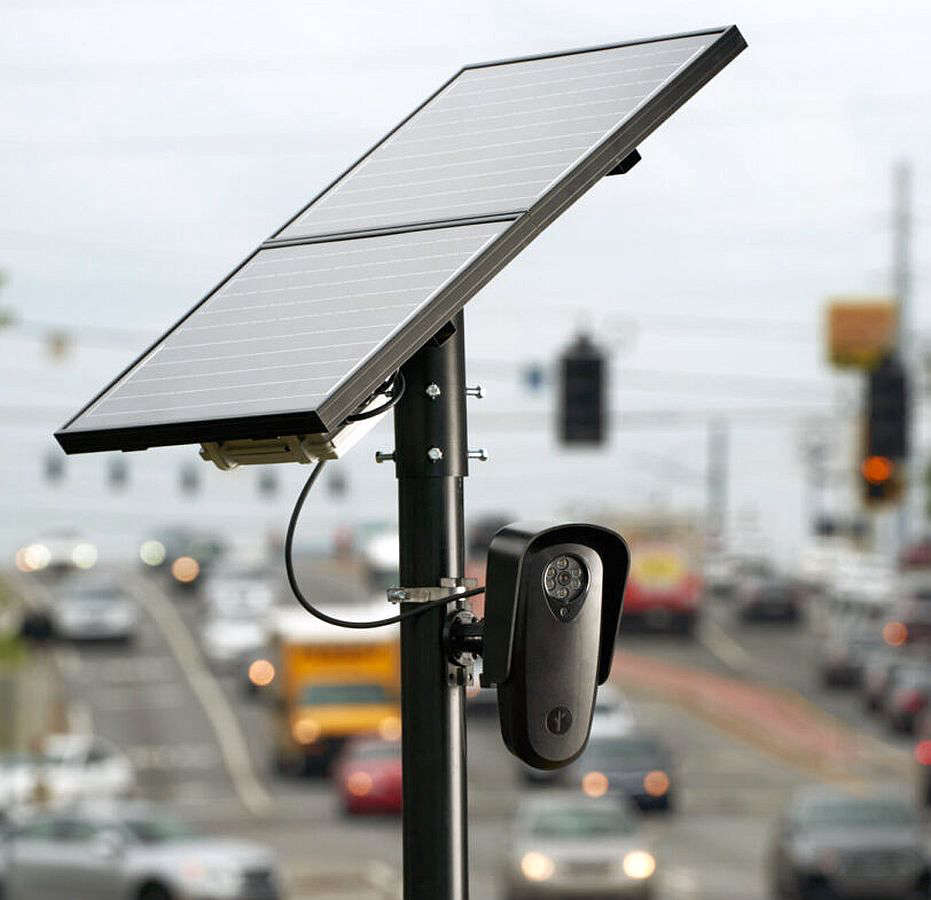 Commissioner Bohannon recommends review of Flock Camera contract and use in Marshall County
Commissioner Bohannon recommends review of Flock Camera contract and use in Marshall County



